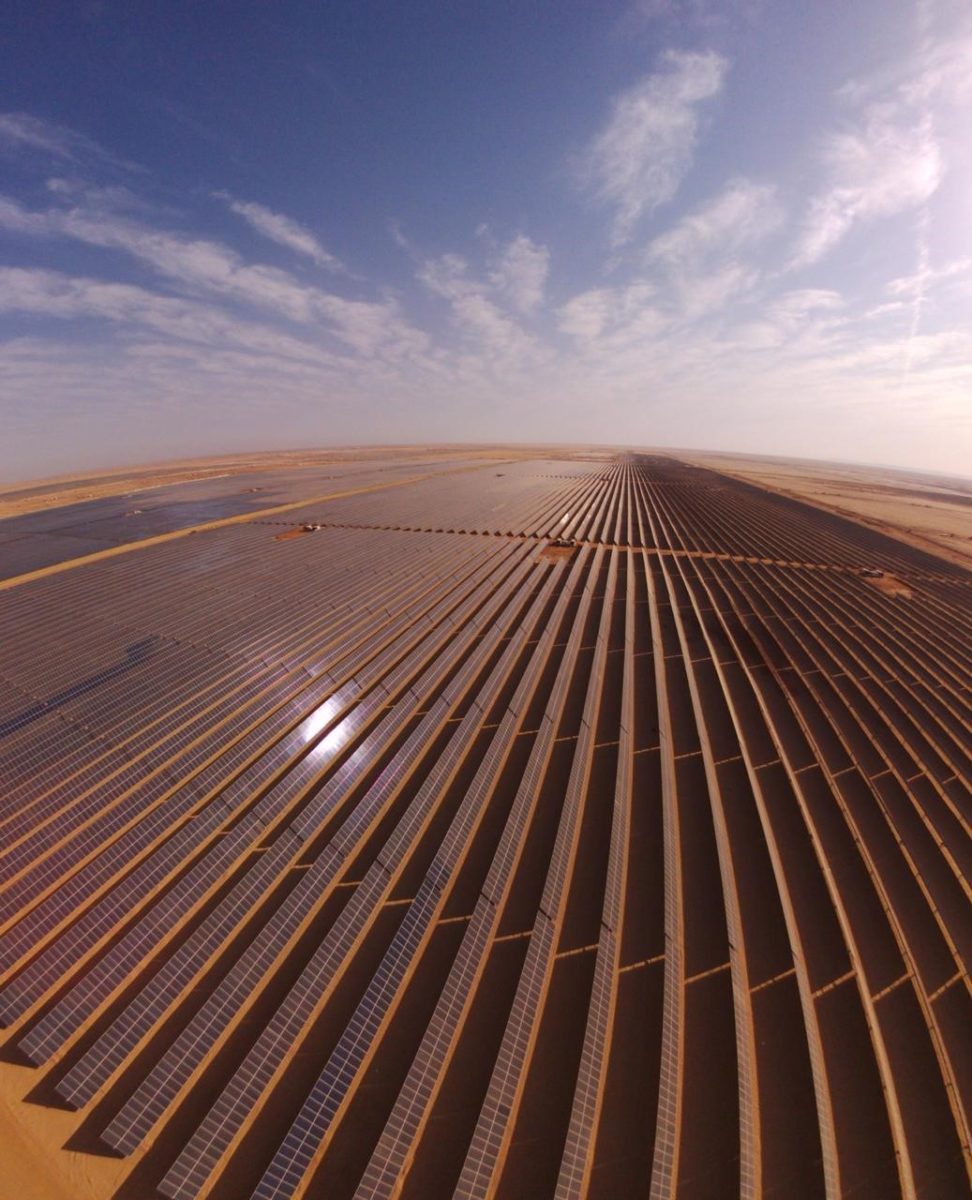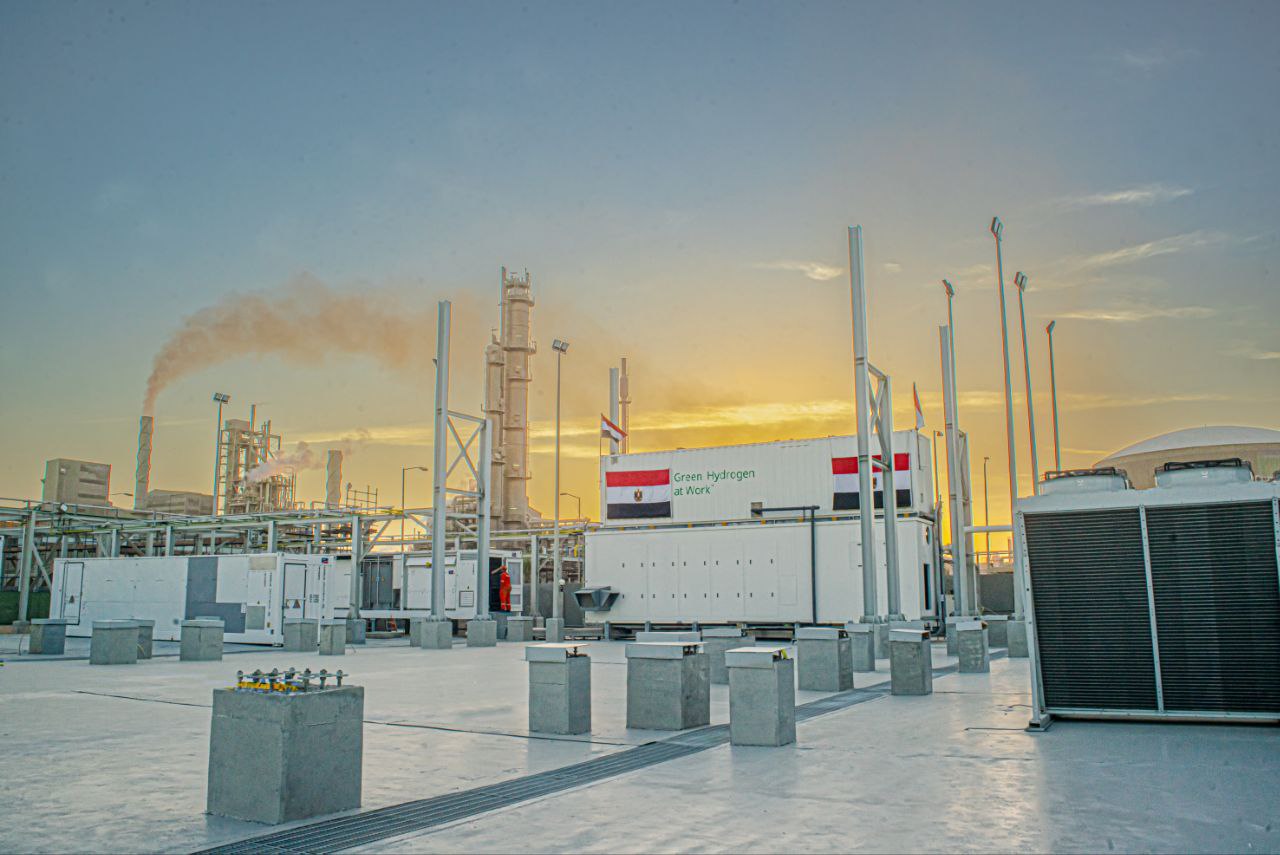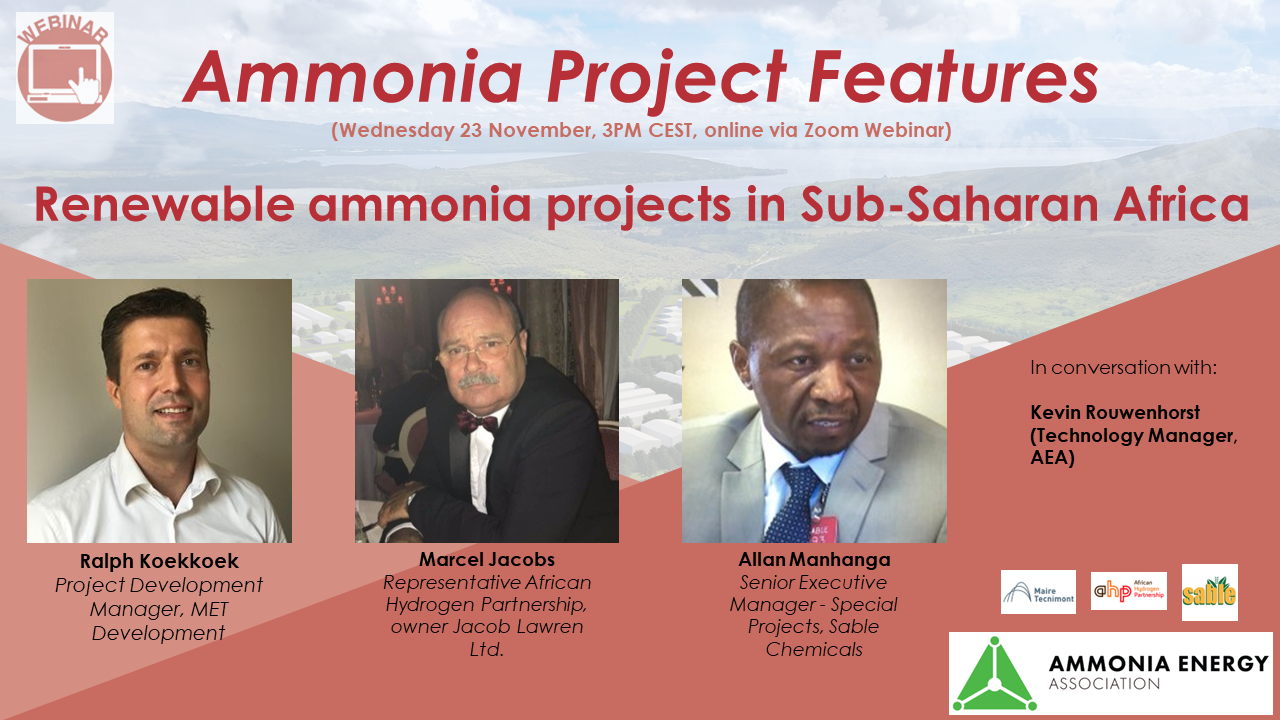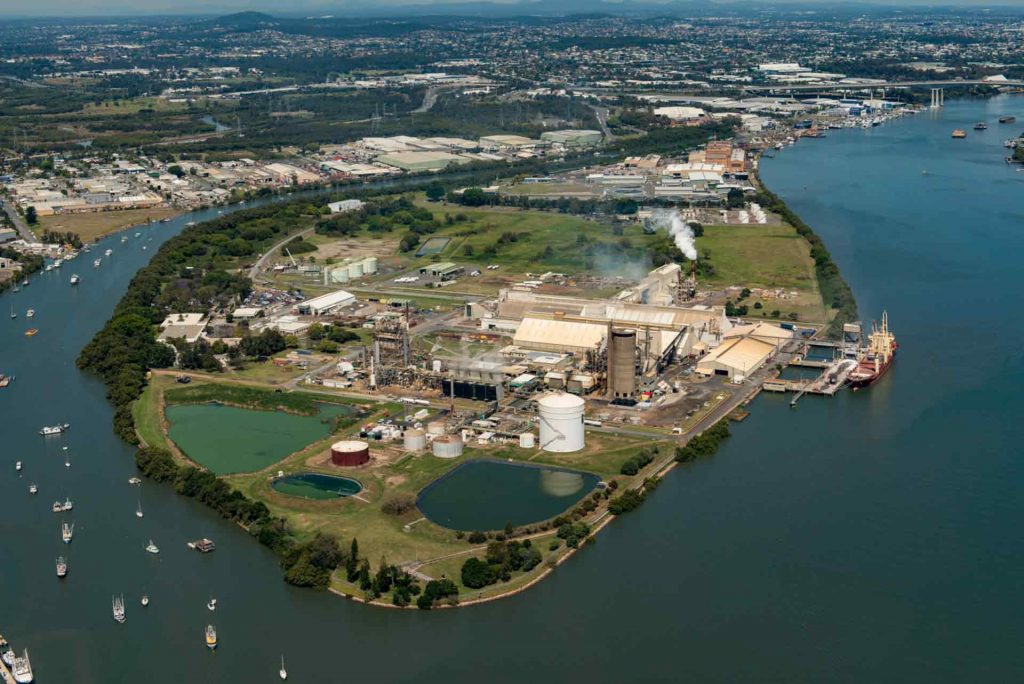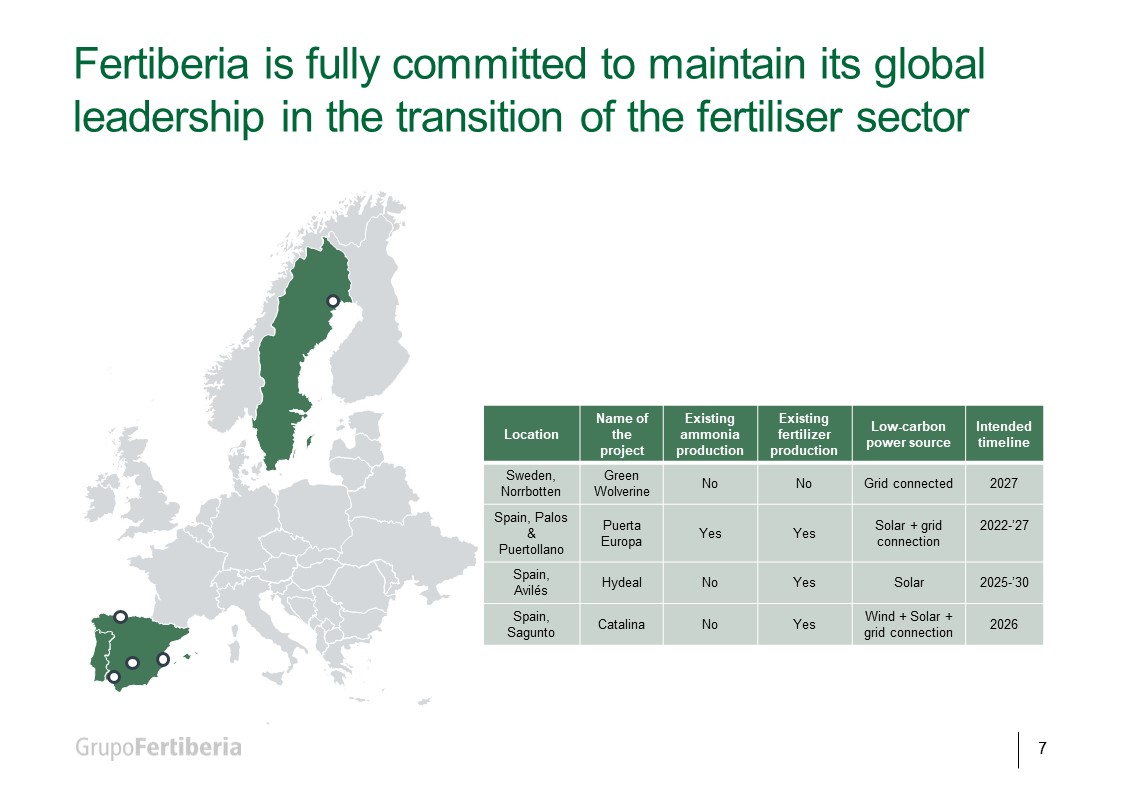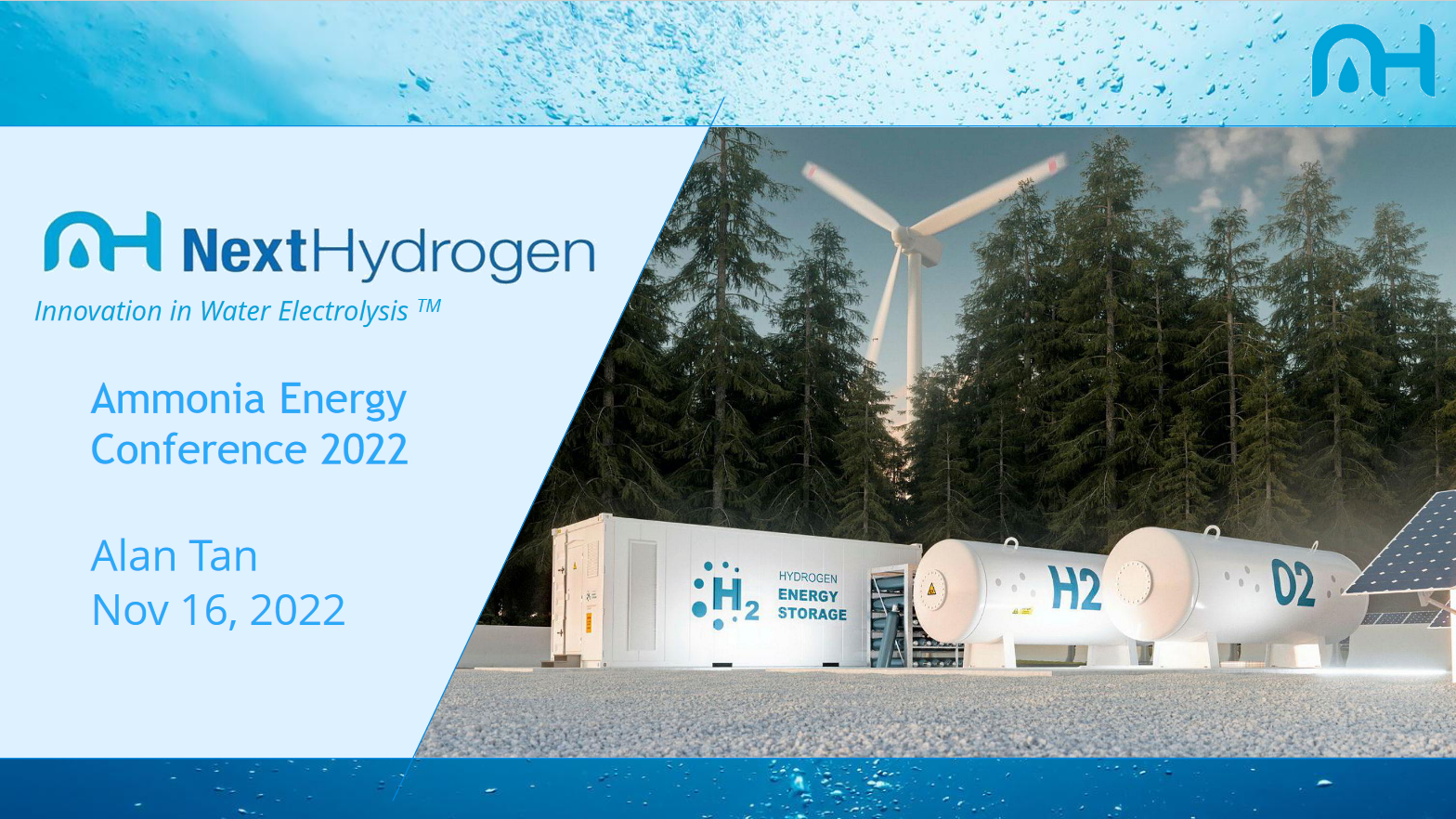Topsoe: dynamic renewable ammonia production in China
Topse & Mintal Hydrogen will develop a dynamic, renewable ammonia plant in Baotou, China. Similar to Topsoe’s project in Skovgaard (Denmark), the electrolyser plant in Baotou will be directly connected to renewable energy generation, with production to begin in 2025.


